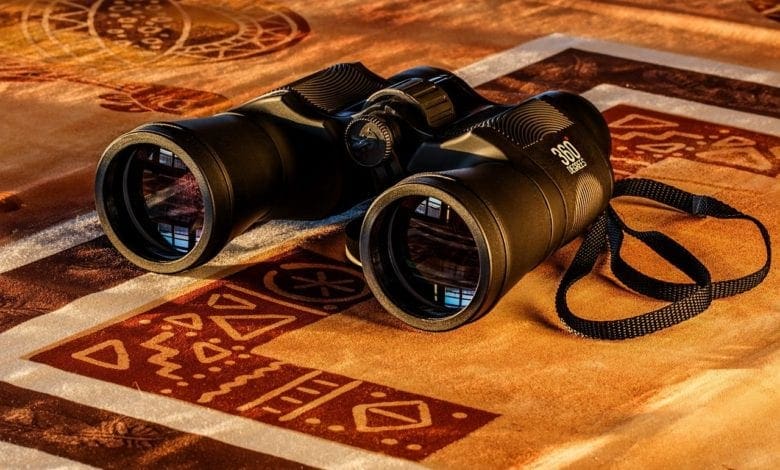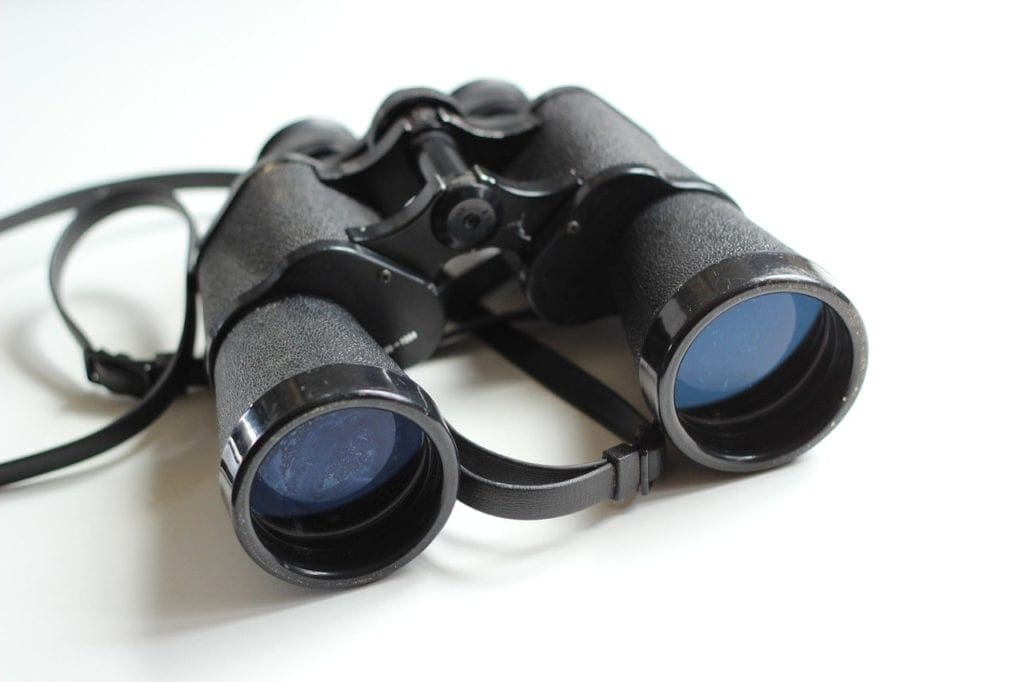Beginner’s Guide to Buying the Right Binoculars

Different types of binoculars serve different purposes. There are binoculars designed for hunters or birdwatchers, and there are also those that are designed to be used even if the surroundings are dark. Some other types of binoculars are used by marine professionals, while other binoculars are used by stargazers and astronomers. If you are considering buying your own binoculars, the tips below will be able to walk you through the things that you need to know.
Binocular Specifications
- Magnification
The first thing that you need to know about binoculars is their magnification specification. The magnification factor is indicated by the number that is written with ‘x’. It is an indication of how close the objects would appear to be as seen under the scope. For instance, a binocular with a magnification factor of 10x will allow you to see objects ten times nearer. Normally, good binoculars that are appropriate for general use have a magnification factor of 7x to 12x. A binocular with a higher magnification factor needs to be used with a tripod. For long range-hunting, get a pair of binoculars with high magnification, but if you intend to view a football game from high seats, it is better to choose a pair of binoculars with a lower magnification. The reason for this is related to the field of view which is discussed below.
- Field of View
The field of view refers to the area that you see through the binoculars wherein a larger field of view reveals a larger area for you to see. This specification is usually expressed in degrees. When your binoculars have low magnification, you tend to see sharper images with a wider field of view, which is why this is perfect in watching a football match from high seats. On the other hand, with higher magnification, the images that you see tend to be dimmer, and your field of view is narrower. This type of binoculars is the perfect one if you intend to go for a long-range hunting activity or watching birds at greater distances.
- Objective Lens Diameter
Another binocular specification that you need to get familiar with is the objective lens diameter, which describes the size of the lens. This is usually indicated by the second two digits after the magnification factor. This is a crucial specification because it determines the amount of light that enters through the binoculars. For instance, if you are going to use your scope under a low light condition, choose binoculars with a larger objective lens diameter. Larger lenses are also best to be used if you intend to go birdwatching. This is because larger lenses also have a wider field of view, which is great for finding and following the birds you intend to watch. Nevertheless, a ratio of five between the magnification and the objective lens diameter, such as 7×35, is deemed as the ideal.
Aside from the diameter of the lens, also take note of the lens quality and its coating. The former ensures that you get to view an image with better contrast, while the latter paves the way for maximum light to enter. Some of the best lenses work well in low light conditions because they transmit more light. These are the type of lenses that you need to look for if you are interested in astronomy to enable you to see dim objects such as nebulae and galaxies.
Glass lenses also provide a better image quality, but it can be more expensive than plastic lenses. A binocular pair made with ED, or extra-low dispersion glass yields images with the highest quality. While glass lenses tend to reflect some light that enters it, this is often compensated by the proper coating. The lens coating is often classified as C, FC, MC, and FMC, with C usually being the cheapest among the variants.
- C indicates a single layer of coating, without guarantee, that the entire surface is coated.
- FC indicates that the entire glass surface of the lens is coated.
- MC indicates that there are certain portions on the lens surface with multiple coatings.
- FMC indicates that the entire glass surface of the lens is coated with multiple layers.
- Weight
Take note that the bigger the diameter of the lens, the heavier your binoculars would be. In general, standard-sized binoculars have an objective lens diameter of 30mm or larger, while compact sized binoculars have a diameter less than that. Aside from this, most high magnification binoculars also weigh more than those with a low magnification factor. If you are planning to go through long distances, the weight of heavy binoculars hanging on your neck may prove to be a burden.
Other Factors to Consider
- Waterproof or Water-Resistant
Apart from the specifications of the binoculars, you need to consider other special features such as whether it is waterproof or water-resistant. The former is perfect if you intend to go whitewater rafting or skiing, wherein your binoculars tend to get wet most of the time. Conversely, a water-resistant pair is already sufficient if you don’t plan on using your binoculars on bad weather conditions.
- Budget
Top of the line binoculars is often more expensive than the others. This is because they tend to be more durable, and they also yield higher quality images. But you don’t have to fret because there are cheaper binoculars which will be able to suit your needs just fine. The important thing is to get the best pair that is within your set budget.

To be able to buy the right binocular suited for your purpose, you need to get a good look into the properties of binoculars such as its magnification, lens quality, coating, and diameter, as well as its field of view. Apart from this, also consider the weight of the binocular and other special features such as whether it is waterproof or not. Choose the specifications of the binocular according to what you will use it for and you will surely end up buying the right binoculars for you.
